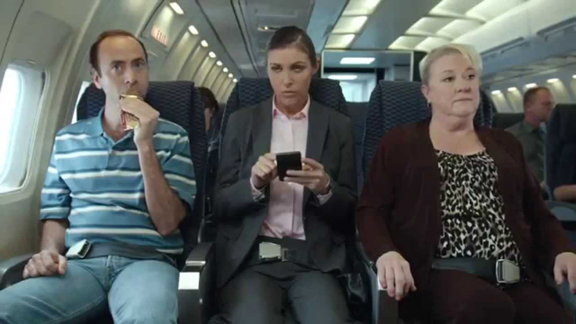by Wayne Bennett, CEO of TeamWorx Team Building
Consensus Means Agreement not the Best Answer
One of the biggest myths and most controversial topics I try to debunk in my team training classes is that consensus is a good thing. We have been fed a mindless and mind numbing amount of teamwork information that purports consensus is great teamwork. All of us rowing in the boat together, or flying like birds in unison makes for a great team.
Hopefully I will give you good reason to dispel this myth for yourself and tear down those ridiculous posters on your wall.
What makes a great team is when diversity can combine together to create a whole greater than the sum of the parts. If everyone is the same, teams are more like groups, and critical thinking is often absent. I touched on why diversity is critical to any great team in an earlier blog, so won’t go into detail here. The bottom line is that without disagreement and different viewpoints it is impossible for teams to get to the best solution.
Consensus is great if you are deciding where to go for lunch, when to plan the company party, or other topics whose essence involves agreement. In other words, when we aren’t interested in the best answer, but rather an answer that pleases the most people.
Why is consensus so bad? Consensus is bad for two key reasons:
- It propagates the belief that if we agree we are right, or we have the best possible solution – which is obviously false.
- By its mere essence it guarantees we aren’t getting the best solution
Consensus is like the middle seat on an airplane. Anyone who flies knows that the middle seat is the least desirable. For those of you who doubt this, go through the process of booking a flight and when you get to the “choose your seats” section look at the seats remaining. Normally there will be no aisle or window seats and a plethora of middle seats.
But wait why? The middle seat is a compromise of both the aisle and the window seat. Shouldn’t it be better? It literally is part aisle and part window – right in the middle. The problem is that it is neither the window seat nor the aisle seat which makes it the worst seat – namely because you have humans on both sides of you.
Consensus is like the middle seat. It is parts of two (or more) ideas people use to reach a third solution which incorporates both. In theory this sounds great, until you look a little deeper.
If everyone in your family believed they could fly, would you jump off the roof? Maybe, but would you actually fly? Certainly not. Just because you all agree does not make it any more true.
But this is the myth many teams buy into. They figure if everyone agrees it must be the best answer. The problem is that without diversity and discussion using Dynamic Discourse™ assumptions are never challenged and the group doesn’t actually learn more, or create solutions that didn’t walk into the room at the beginning.
By focusing on consensus rather than asking and answering tough questions groups lose sight of the real value they are bringing to the room. What they need is a vigorous debate and discussion, yet getting consensus often involves appeasing each other. If our goal is to all agree on something, we will be careful to keep allies by watching what we say, and will be more prone to concede to things we don’t think are true. How would you ever get to the best solution with clouded and limited thinking like this?
I see this phenomenon regularly in our team building programs. Many times I am in a position where I know the answer to the problem, and I am watching a team figure it out together. The problem has a specific solution, and yet this consensus thinking is so deeply ingrained that they actually convince themselves that, although their answer was incorrect, it was good because they did it together.
Don’t be fooled by thinking because you all agree that the idea has any merit. In fact I would argue any idea that stems from consensus and compromise is inherently de facto not the best possible solution.
If your daughter wanted to learn ice skating and your son wanted to learn soccer would you enroll both of them in hockey? If you had a vegan and red meat eating rancher over for dinner would you serve them fish?
These are the types of solutions consensus and compromise create.
If you are looking for new and creative ideas, and the best possible solutions to problems, you must employ Dynamic Discourse™ techniques to elicit new thinking. If you want to decide where to go to lunch together, choose a color for the office paint, or decide on subjects that demand agreement over the “best” solution – consensus is great.
Book Wayne Bennett as a speaker at your next conference or corporate meeting.
Contact Us






